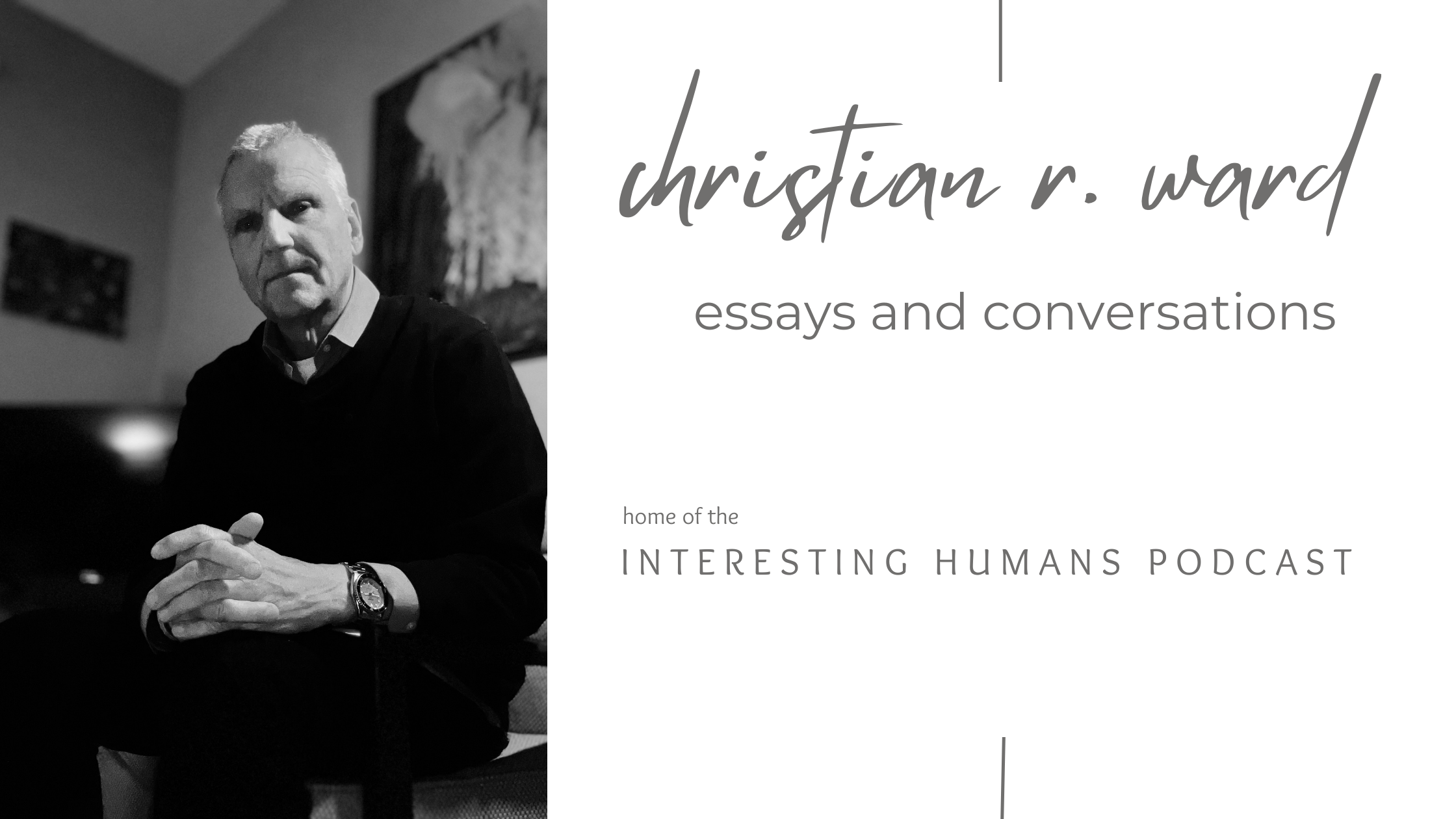Last updated on 19 November 2013
Share this
In 1982 my mother died of pancreatic cancer. She suffered greatly to the end. A year shy of thirty years since my mom’s death, I was diagnosed with kidney cancer. My cancer experience was much different from hers; she felt the misery of radiation and chemotherapies and ultimately medicine’s failure to cure; I went into the hospital one day and simply had the tumor–and my left kidney–excised. Cancer gone. Cured. Catastrophe averted.
In fact, it’s almost as if my cancer diagnosis and treatment were a book I read or a movie I saw. It was over so quickly. I often forget that my health was tripped up by cancer until I look in the mirror in the morning and see the four scars on my stomach that are the only sign that I was even sick.
I thought about this today as I shuffled through the webpages of Livestrong. (http://livestrong.org/). Livestrong is filled with some of what you might expect from a website dedicated to a specific illness. There are sections on understanding the physical and emotional impacts of the disease from experts, avenues for information for cancer patients, their families and for practitioners, including a hotline directly to the Foundation for information, the inevitable requests for donations, and a store where one can buy t-shirts, hoodies, backpacks and technical running clothing from Nike emblazoned with the Livestrong moniker.
And the famous yellow wristbands.
The iconic yellow band is as symbolic if not more than the pink ribbon in the fight against cancer. Once as ubiquitous as fancy coffee travel mugs or cups from Starbucks are today, the thin yellow rubber straps don’t seem as prominent now. In fact they are scarce compared to when every movie star and celebrity, even President Barack Obama, wore one. I bought a small cache of them when Nike first issued the wristbands during the mid-1990’s when Lance Armstrong, who started the Foundation, was battling testicular cancer.
Not long ago, I stopped wearing my own Livestrong wristband. I associated the wristband not with the Foundation and its efforts to assist cancer patients and their families in the war on cancer, but with Lance Armstrong himself. To me Armstrong has always been Livestrong. But the Did-he-or-Did-he-not controversy surrounding Armstrong’s alleged use of performance-enhancing drugs and techniques during his run of Tour de France victories tainted both the athlete and the Foundation he created. I found separating the good work of the Livestrong Foundation and the national attention it garnered to cancer, not to mention the money it raised, from the idea that Armstrong cheated his way to seven TdF wins simply too difficult. Lately, it seemed, Armstrong’s detractors had been able to amass enough evidence that the nagging doubts I had about how clean he was and which I buried out of admiration for him grew too large. Armstrong, I came to believe, is a doper like so many pro-cyclists. My disappointment was so great that one day I ripped the iconic wristband off and vowed never to support Armstrong Inc. ever again.
I was wrong.
On the Livestrong website are stories of cancer survivors who have been helped by the Livestrong Foundation and who continue the good fight against cancer. Ordinary people whose inspiring stories provide hope for tens of thousands of other cancer patients and their families. The reach of the Livestrong Foundation is amazing and the stories of cancer survivors are heartwarming.
Then it occurred to me. I, too, am a cancer survivor. I didn’t endure the hardship of endless trips to clinics to get shot with radiation or a cocktail of dangerous chemicals pushed through my veins. But does the fact that my treatment was less taxing mean that my cancer story is less valid? (I’m currently working on an essay about my cancer story but that will wait for another time.)
I have decided that I can legitimately wear the yellow Livestrong wristband because I have authentic personal experience as a cancer survivor, both as a family member who lost a loved one and as a person who actually had cancer. I might be fooling myself separating the work of the Livestrong Foundation from the rumors and innuendo around Lance Armstrong the athlete, but it works for me for now. Whatever truths are borne out in the controversy about Armstrong’s alleged doping, for me the work of the Livestrong Foundation will stand on its own, untarnished and worthwhile.
We cancer survivors deserve our symbols I think and I’m again wearing my Livestrong wristband. My friend Harrie said to me, cancer survivors “belong to the best club in the world that no one wants to be a part of.” Whether I like it or not, I’m a member of this club and, in a way, tied to those cancer survivors who have told their own stories on Livestrong.org.
Thanks for reading…



